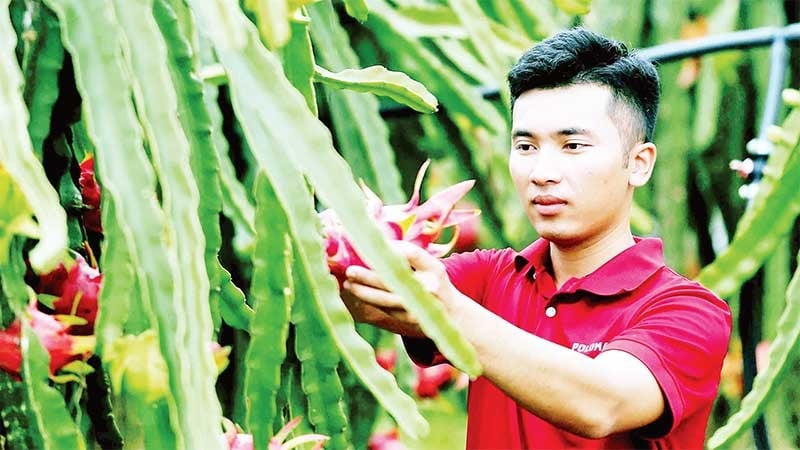
By the end of 2024, the area of fruit trees nationwide will reach more than 1.3 million hectares, of which the midland and mountainous region of the North accounts for 21%, ranking second in the country in terms of area.
In 2015, the whole Son La province only had about 23,000 hectares of fruit trees with traditional varieties planted many years ago such as: custard apple, longan, mango...
Degenerated tree varieties, poor quality, unstable selling price, so people cut down trees to plant short-term trees. In this situation, the provincial agricultural sector has accompanied and joined hands with people to renovate mixed gardens, gradually converting to growing fruit trees with high economic value.
The growth rate of fruit trees in Son La is impressive and outstanding. In just a few years, Son La has become the “fruit capital” of the North and the province with the second largest fruit growing area in the country.
In the 2016-2025 period, the province converted and planted about 61,500 hectares, raising the total fruit tree area to 85,050 hectares, with an estimated output of 510,000 tons, an increase of 332% compared to 2016.
Notably, many major fruit trees recorded remarkable increases in productivity and output. For example, mango acreage increased by 374% (accounting for 17% of the country's mango acreage), output increased by 808%; citrus acreage such as oranges, lemons, and grapefruits increased by 325%, output increased by 860%,...
The Department of Crop Production and Plant Protection ( Ministry of Agriculture and Environment ) said that, in the 14 main fruit trees according to the Project on Developing Key Fruit Trees to 2025 and 2030 of the Ministry of Agriculture and Rural Development (formerly), now the Ministry of Natural Resources and Environment, the midland and mountainous areas of the North have up to 12 types of fruit, of which six types of fruit account for 21.8-61.9% of the total area of the country including: Orange, grapefruit, lychee, longan, mango, custard apple.
In recent times, the provinces here have formed many concentrated fruit growing areas, with local specialty varieties of high commodity value such as: Luc Ngan litchi (Bac Ninh); Song Ma longan, Yen Chau mango, Moc Chau and Van Ho plums (Son La); Chi Lang custard apple (Lang Son)...
Although fruit production in the midland and mountainous regions of the North has achieved many positive results, there are still many limitations that hinder the goal of increasing value, sustainable development and expanding export markets.
According to the Department of Crop Production and Plant Protection, the scale of fruit tree production in this area is still quite small and scattered, making it difficult for investment, quality management, traceability and product consumption. Local varieties account for a large proportion, many of which are of low quality and degraded, so the quality and design of the products are uneven.
The region’s transport infrastructure has improved a lot, but in general it is still difficult and limited for the transportation and consumption of agricultural products. Fruit preservation and processing facilities are mainly small in scale, small in quantity, and lack technological equipment.
Production linkage organization is still weak and ineffective. Many businesses have not paid attention to investing in developing raw material areas but mainly collect through traders, causing difficulties in managing traceability and uneven product quality.
To promote potential and exploit advantages, fruit production in the region needs to be reorganized in a modern, systematic and sustainable direction.
Director of the Department of Crop Production and Plant Protection Huynh Tan Dat said that in the coming time, the region needs to promote the application of science and technology in fruit tree production; pay attention to developing advantageous specialty fruit tree varieties; and prioritize the selection and restoration of native varieties and local specialties.
In addition, it is necessary to continue investing in and converting the structure of suitable fruit tree varieties towards high quality, good productivity, pest and disease resistance, exploiting and promoting the advantages of local natural conditions, adapting to climate change; applying digital technology in management, product traceability, growing area codes and improving preservation and processing capacity.
Farmers, processing and exporting enterprises need to cooperate to create close, practical and effective chains, helping farmers access technology, reduce production costs and expand and develop markets for circular products.
Source: https://nhandan.vn/tiem-nang-cay-an-qua-chu-luc-o-trung-du-va-mien-nui-phia-bac-post909230.html



![[Photo] 60th Anniversary of the Founding of the Vietnam Association of Photographic Artists](/_next/image?url=https%3A%2F%2Fvphoto.vietnam.vn%2Fthumb%2F1200x675%2Fvietnam%2Fresource%2FIMAGE%2F2025%2F12%2F05%2F1764935864512_a1-bnd-0841-9740-jpg.webp&w=3840&q=75)
![[Photo] National Assembly Chairman Tran Thanh Man attends the VinFuture 2025 Award Ceremony](/_next/image?url=https%3A%2F%2Fvphoto.vietnam.vn%2Fthumb%2F1200x675%2Fvietnam%2Fresource%2FIMAGE%2F2025%2F12%2F05%2F1764951162416_2628509768338816493-6995-jpg.webp&w=3840&q=75)



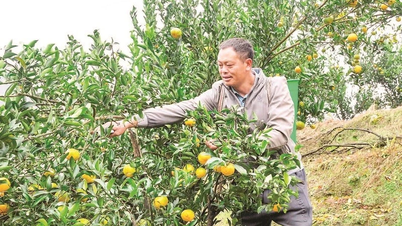

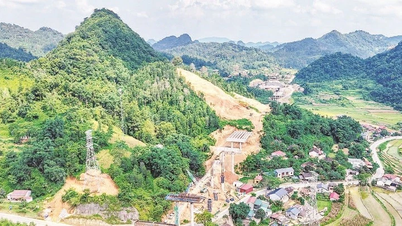

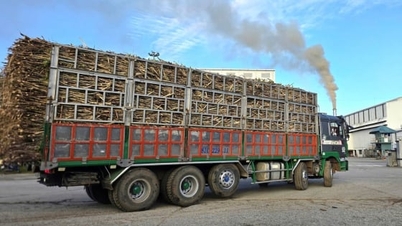

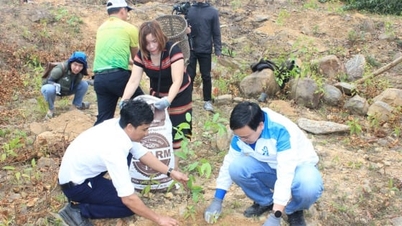




![[Photo] National Assembly Chairman Tran Thanh Man attends the VinFuture 2025 Award Ceremony](https://vphoto.vietnam.vn/thumb/402x226/vietnam/resource/IMAGE/2025/12/05/1764951162416_2628509768338816493-6995-jpg.webp)
![[Infographic] Air pollution and recommendations from the Ministry of Health](https://vphoto.vietnam.vn/thumb/402x226/vietnam/resource/IMAGE/2025/12/05/1764950568593_screen-shot-2025-12-05-at-222015-png.webp)






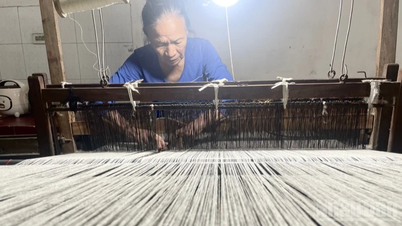
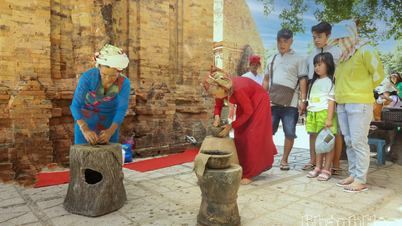

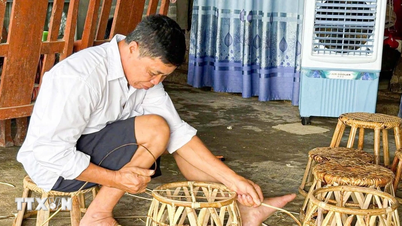











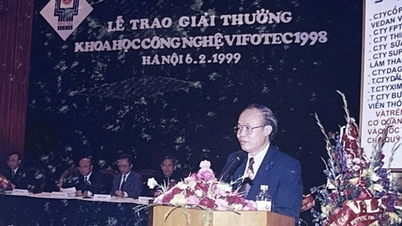



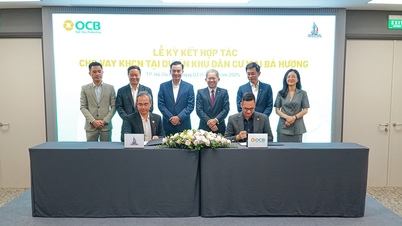

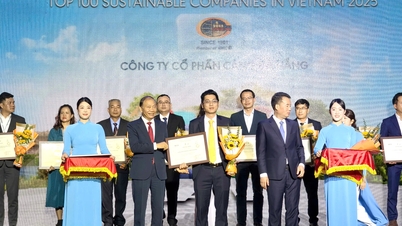
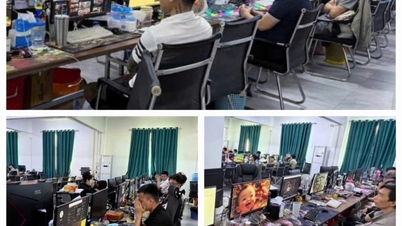



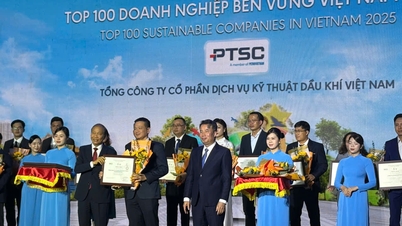














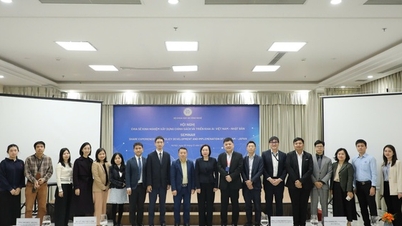


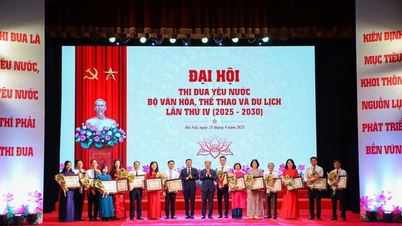


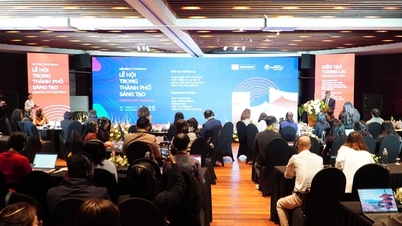



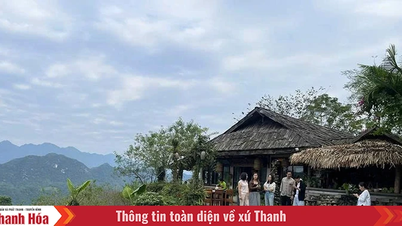

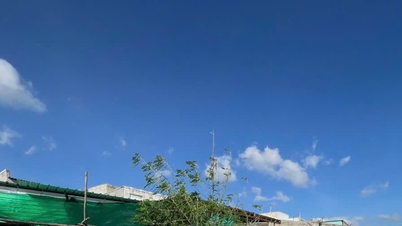
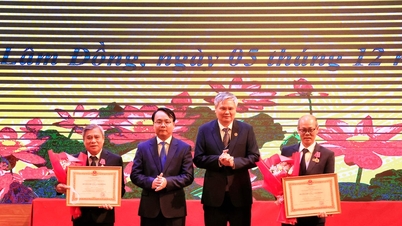
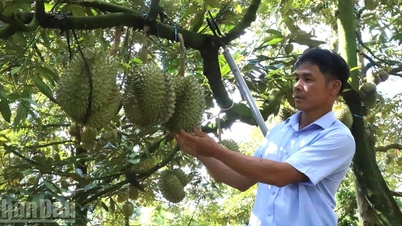










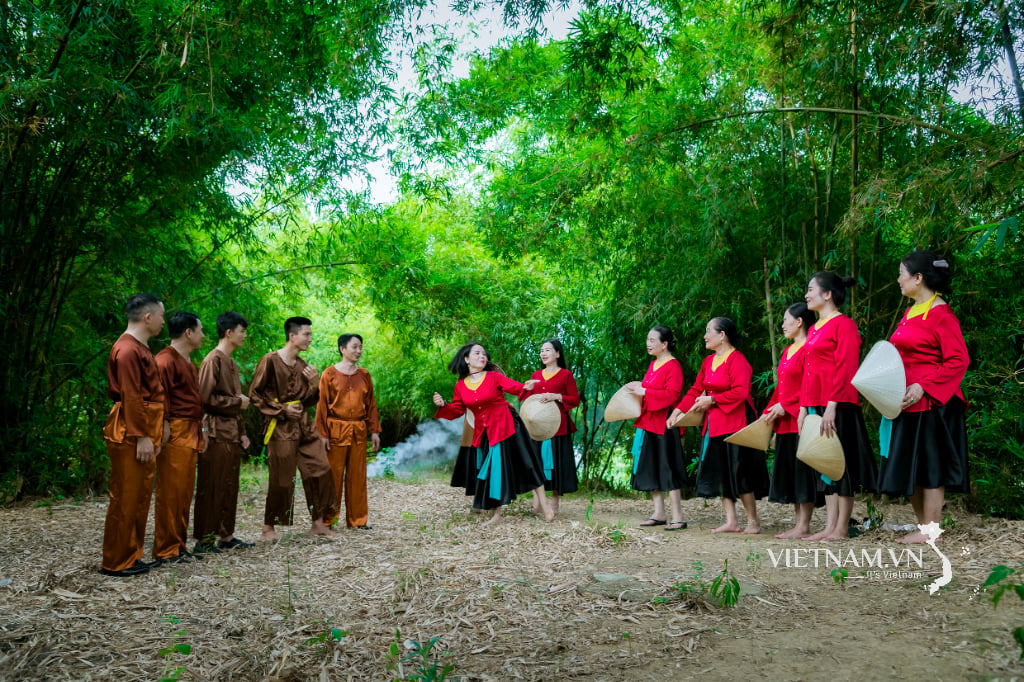






Comment (0)